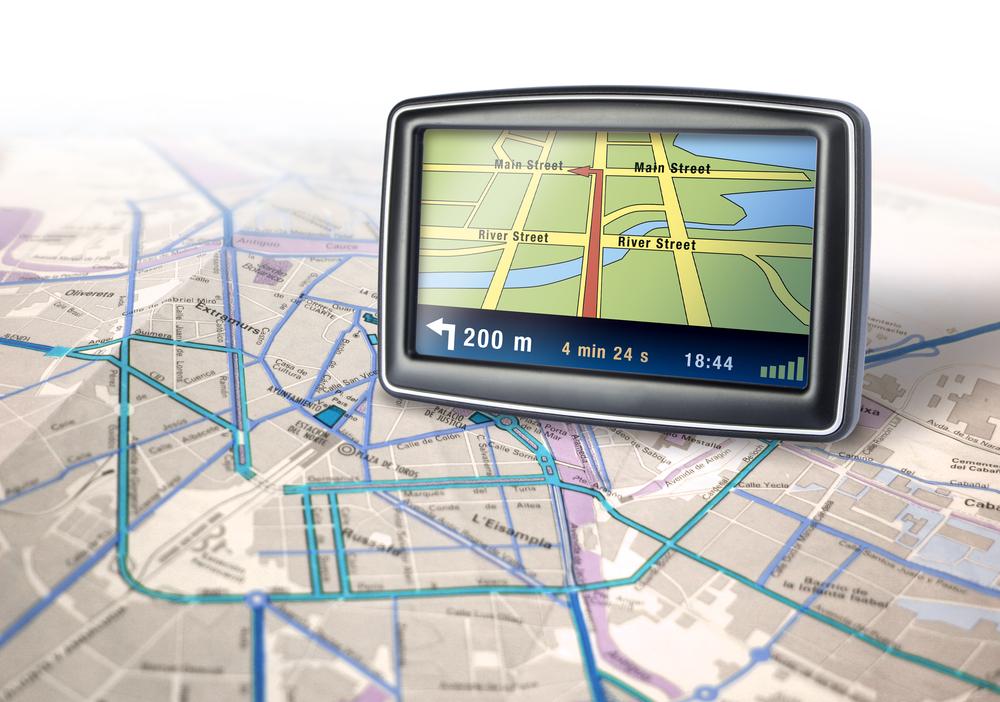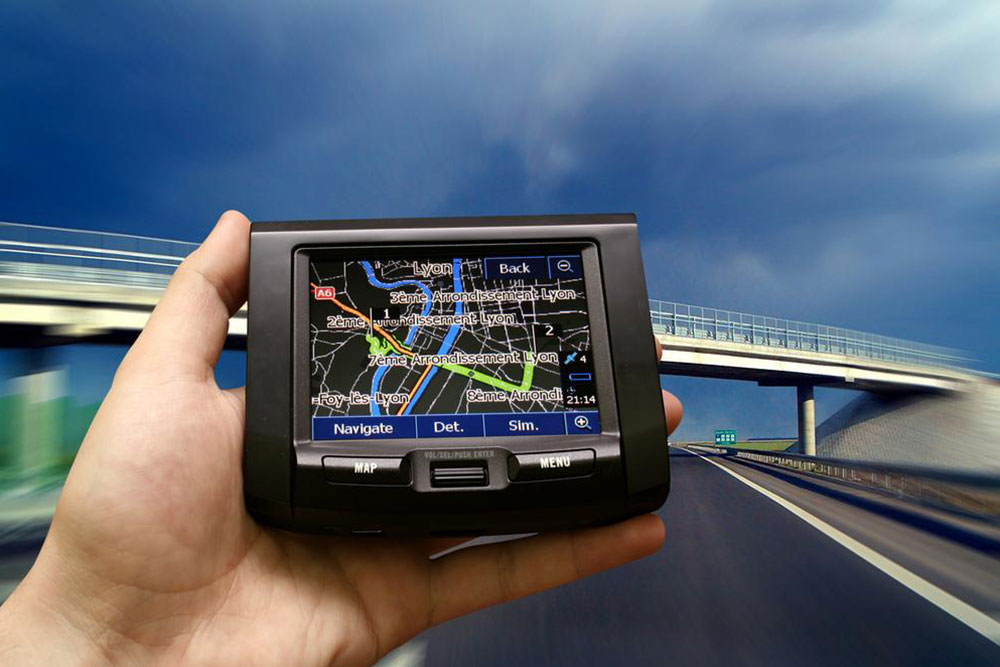Ultimate Guide to GPS Fleet Tracking Solutions for Efficient Vehicle Management
This comprehensive guide provides detailed insights into GPS fleet tracking solutions, highlighting their types, features, and advantages. It discusses how businesses can leverage these systems to optimize vehicle management, improve safety, and reduce costs. The article emphasizes the importance of choosing the right GPS technology based on operational needs and explores future trends in fleet management technology. Perfect for fleet managers, logistics professionals, and transportation businesses seeking to enhance their vehicle tracking capabilities.

Ultimate Guide to GPS Fleet Tracking Solutions for Efficient Vehicle Management
In today's fast-paced logistics and transportation industries, fleet management has become more streamlined and effective thanks to the advent of GPS tracking technology. Known widely as GPS fleet tracker systems, these innovative tools have transformed how companies monitor, manage, and optimize their vehicle operations. Whether you operate a small business with a handful of delivery vans or oversee an extensive corporate fleet, adopting the right GPS fleet tracking solution can significantly improve operational efficiency, safety, and customer service.
GPS fleet tracking systems come in various configurations to suit different business needs. Broadly, they are classified into two categories: passive and active tracking units. Passive units are devices that collect data and store it internally, which can later be retrieved during scheduled downloads. This setup is ideal for companies seeking cost-effective solutions for post-journey analysis. Conversely, active systems operate in real-time, maintaining continuous communication with a control center or a mobile app. This real-time data transmission allows fleet managers and dispatchers to monitor vehicle positions, velocities, and routes instantaneously, providing a critical edge in dynamic operational environments.
Choosing between these systems depends on several factors, including budget constraints, the level of control required, and operational complexity. For example, for a delivery service needing immediate updates for route adjustments, an active system may be more suitable. For smaller fleets or less urgent tracking needs, passive systems could be sufficient, offering lower costs without significantly compromising data quality.
All GPS fleet systems leverage satellite technology to provide precise location data. The United States' GPS system dominates globally, but other global navigation satellite systems (GNSS)—such as Russia’s GLONASS, the European Union’s Galileo, and China's BeiDou—also contribute to enhanced accuracy and redundancy. Many advanced fleet management systems combine signals from multiple GNSS sources, a technique known as multi-constellation tracking. This approach minimizes blind spots and improves location precision, which is vital for transit routes, passenger transportation, and logistics operations that demand reliable real-time tracking and updates.
Furthermore, the communication methods used in fleet tracking systems vary based on operational needs. Some systems use one-way communication, merely transmitting data from the vehicle to the control center, suitable for compliance and record-keeping. Others employ two-way communication, enabling dispatchers to send commands or messages directly to drivers, which is invaluable for dynamic rerouting, customer notifications, or safety alerts. Communication can be facilitated via GPS satellites, cellular networks, or a combination of both, with the choice influenced by cost, coverage, and latency requirements.
Modern GPS fleet management solutions are designed to be adaptable and scalable. They incorporate multiple features to improve efficiency, safety, and user experience. For transit service providers, specialized features like real-time stop announcements, passenger information displays, and automated scheduling enhance service quality and reduce delays. For delivery companies, precise route optimization reduces fuel consumption, manages driver hours more effectively, and increases on-time deliveries.
Key Benefits of Implementing GPS Fleet Tracking
Integrating GPS fleet tracking into your vehicle operations yields substantial advantages. One of the primary benefits is real-time vehicle location monitoring. Managers and dispatchers can see exactly where each vehicle is at any given moment, allowing for instant rerouting in case of traffic disruptions or unexpected delays. This capability increases delivery and pickup accuracy, leading to improved customer satisfaction and enhanced reputation.
Furthermore, GPS systems provide historical tracking data, allowing businesses to analyze past routes, delivery times, and driver behaviors. This data supports performance reviews, driver retraining, and strategic planning. Fleet managers can identify patterns such as frequent speeding, idling, or inefficient routing, then implement targeted measures to address these issues, fostering safer driving habits and reducing risk.
Enhancing compliance and safety is another core benefit. Fleet tracking systems monitor vehicle speeds, idling times, and driving styles, helping ensure adherence to traffic laws and company policies. Some systems incorporate driver scorecards, highlighting unsafe behaviors and enabling focused retraining programs. Ultimately, such monitoring helps prevent accidents, lowers insurance premiums, and minimizes legal liabilities.
Cost savings are also a significant incentive. Real-time data enables optimized fuel usage by eliminating unnecessary detours and reducing idling times. Maintenance scheduling becomes more efficient by analyzing vehicle condition reports and predicting repair needs based on engine diagnostics. This preventative approach prevents costly breakdowns and extends vehicle lifespan. Additionally, better vehicle utilization means maximum productivity per asset, reducing the number of vehicles needed and cutting overhead costs.
Another important factor is improved communication between drivers and management. Driver behavior monitoring, combined with instant messaging features in advanced fleet tracking systems, ensures smoother operations and quick resolutions to issues encountered on the road. Emergency alerts, route adjustments, or customer notifications can be dispatched directly to drivers, reducing response times and increasing service levels.
In conclusion, GPS fleet tracking systems are no longer optional but essential for businesses aiming to stay competitive in a demanding market. They provide operational insights that enhance service delivery, reduce costs, and promote safety. Transitioning to modern GPS solutions involves assessing your fleet size, operational complexity, and specific needs, then selecting a system that offers scalable features and reliable support. As technology continues to evolve, integrating data analytics, AI, and IoT capabilities promises even greater efficiencies and smarter fleet management strategies in the future.





